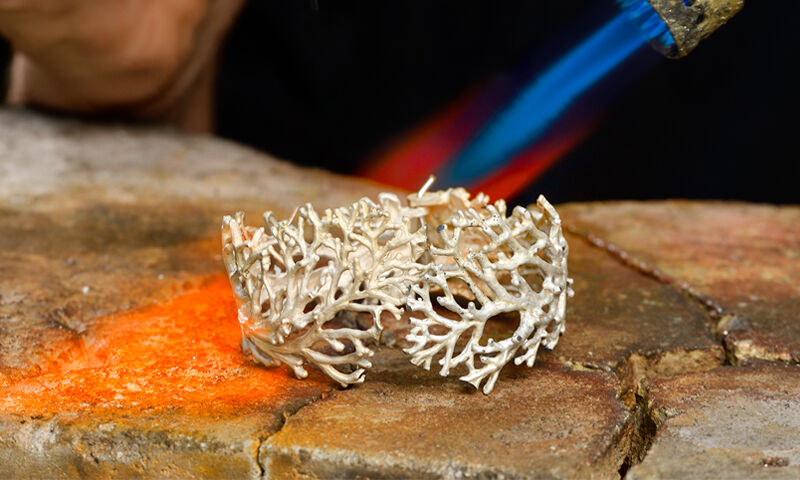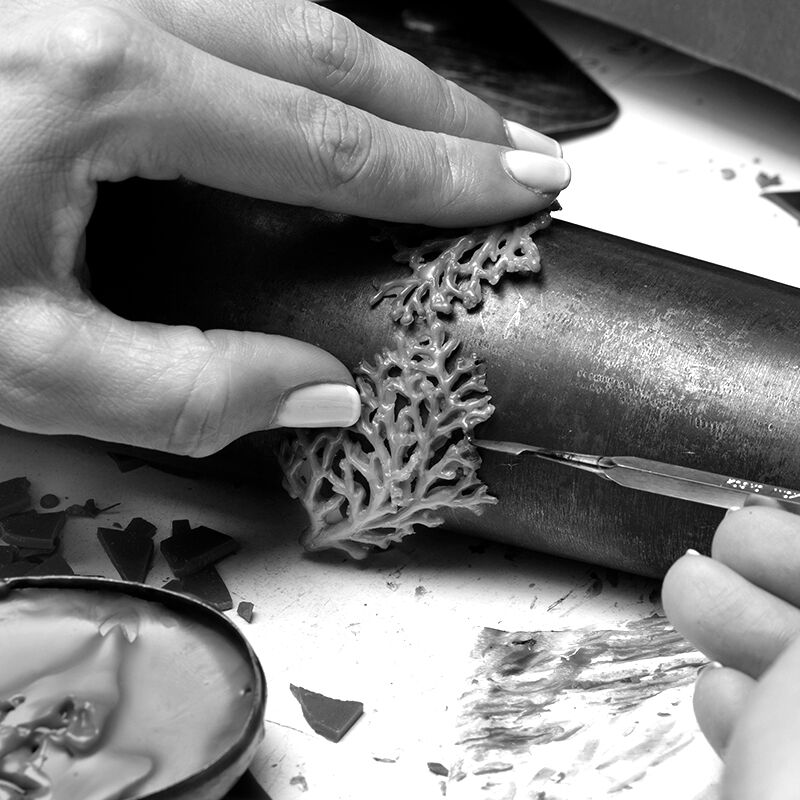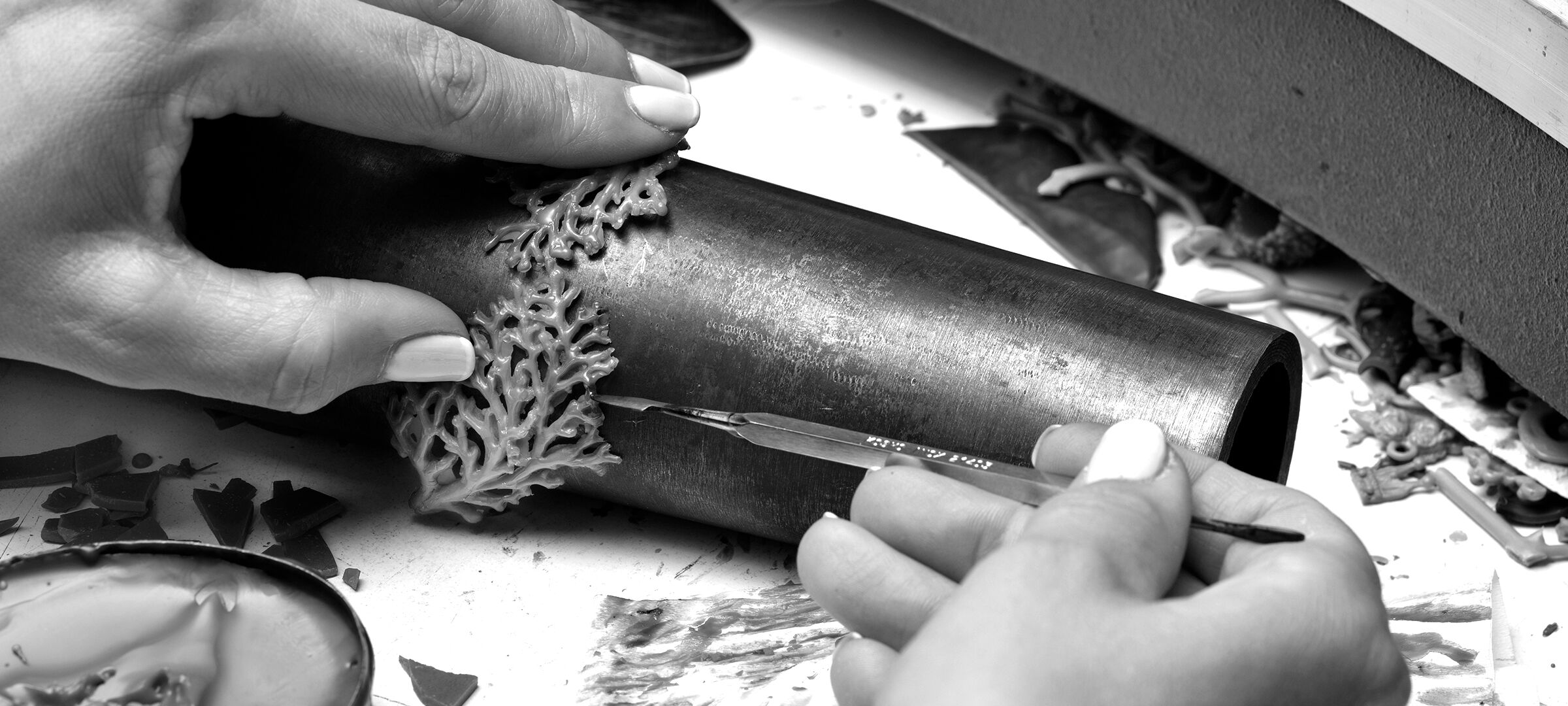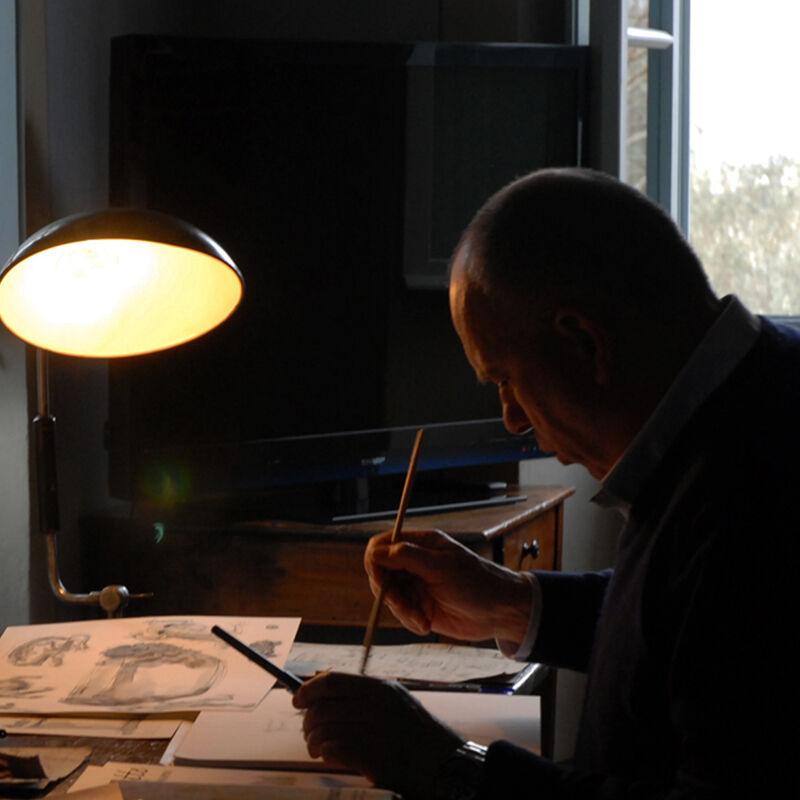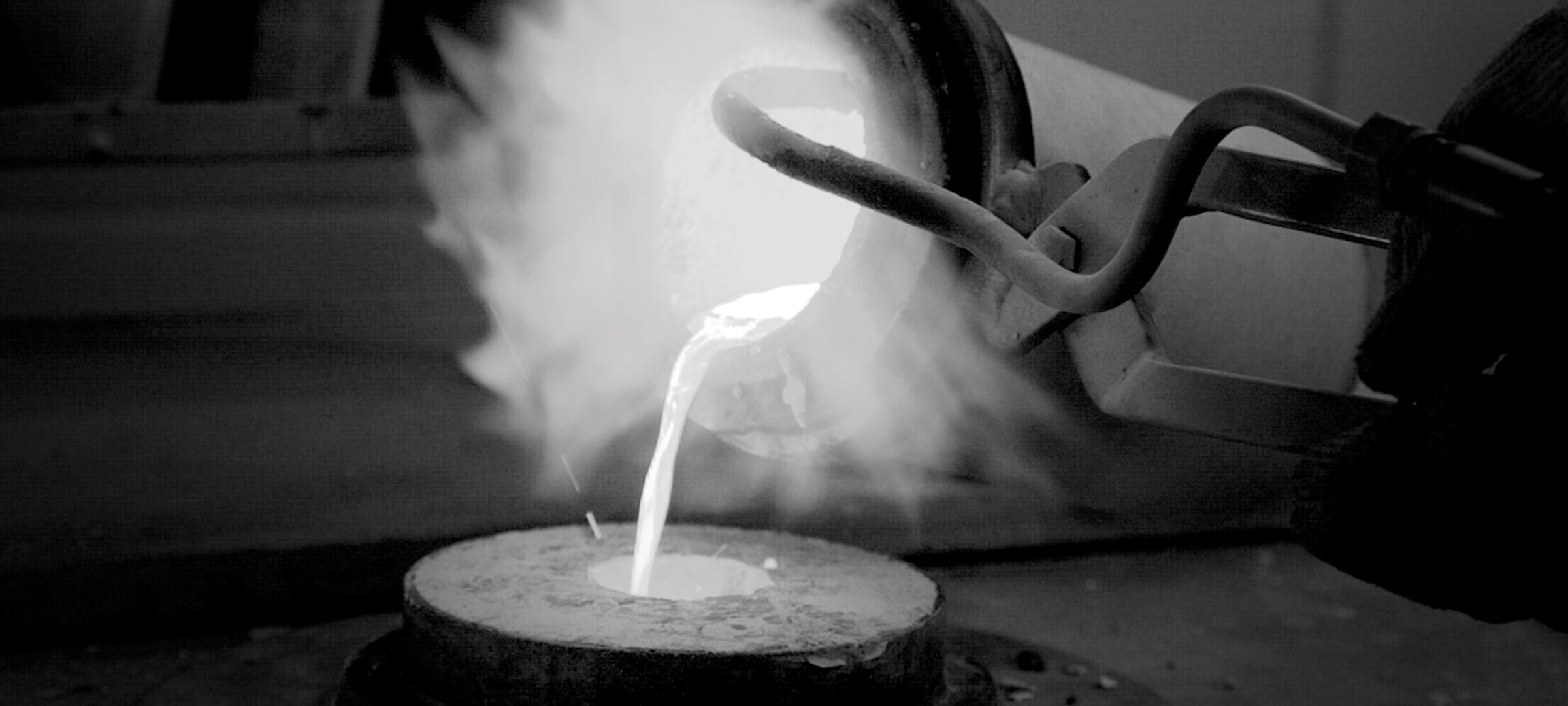"Making a piece of jewellery is like creating a beautiful miniature sculpture, harmonious and flawless in every way."
The allure of fire and the strength of silver
In a world of mass-produced products, true luxury lies in uniqueness, which only craftsmanship can create. Our jewellery and homewares are handmade, crafted one by one with the utmost care and attention.
